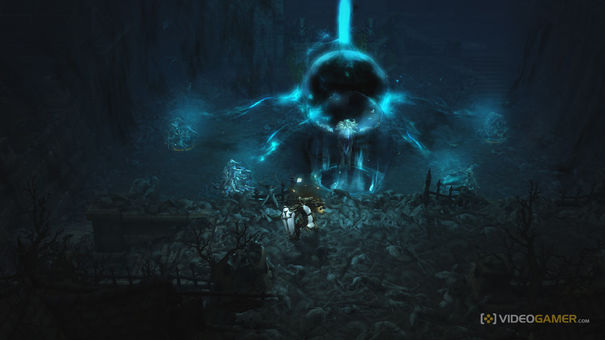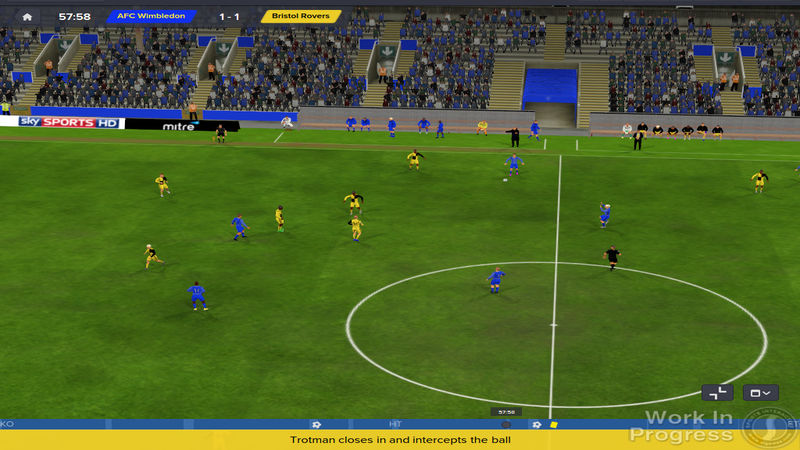

Daylight is a procedurally-generated horror game in the vein of Slender, Outlast and Amnesia. It also happens to share a title with a 90s disaster movie starring Sylvester Stallone. As the movie is a disaster thriller, it has little to no other similarities to this 2014 game, yet a quote from the famed film critic Roger Ebert applies perfectly to both.
“Daylight is the cinematic equivalent of a golden oldies station, where you never encounter anything you haven’t grown to love over the years,” Ebert said in the Chicago-Sun Times in 1996.
Rather than the cinematic equivalent, it’s the horror gaming equivalent. Nothing in Daylight is new or fresh, and the much- touted procedural generation is as much a blight as the predictable and tired tropes that comprise its several hours of gameplay drudgery.
At first, Daylight is suitably creepy and looks as though it’s going to be a fun ride, but major issues soon rear their ugly heads. It’s set in an abandoned insane asylum. You have no weapons and only the light of your phone to guide you. So far, so clichéd, but there’s — initially at least — a feeling of dread that comes from playing.
After stumbling around the abandoned asylum for a few minutes it eventually becomes clear — with very little assistance from the game — that to progress, the player must collect “remnants” (notes) about the past. Once a certain number have been acquired, an object can be collected from a room decorated in runes and then brought to another location to allow progression.
That central pillar of the game is lifted wholesale from Slender; criminally, Daylight doesn’t even manage to improve the system. As you collect remnants, ghostly witches appear and try to snuff you out. Exactly the same as in Slender. Whereas in Slender the Slenderman is an unstoppable predator, Daylight‘s witches can be defeated by simply lighting a flare. Apparently the asylum (and then prison, sewer and forest) was previously a flare factory, because those suckers are everywhere.
Once this nugget of wisdom is known, any fear the witches generated simply evaporates. Worse still, once I discovered that the witches can only kill when the character is looking at them, I never once felt frightened again. That’s not something you ever want to feel — or not feel, as in this case — in a horror game.
What Slender got so right was its length of play. A Slender session generally lasts between 5 and 10 minutes, on average; it’s a short, sharp shock of a game. And it works, because if you played for any longer, the scares diminish and, The Wizard of Oz-style, you start to look behind the curtain. This is exactly the fate that befalls Daylight. It’s not fun for longer than a few minutes at a time and as it drags on the atmosphere, scares and enjoyment flatline.
Even more problematic is that developer Zombie Studios is so proud of the procedurally-generated game world that it fails to notice that it’s the game’s biggest failing. Without being able to carefully script scares, set pieces and moments, Daylight must rely on a preset range of canned jump scares.
There’s only a finite number of times the same “spooky” thing can happen before it becomes mundane. Unfortunately, there are only a handful of different audio and visual scares that are all but used up by the time the player reaches the second area.
It’s not all bad news as Daylight did genuinely terrify me on a couple of occasions, but mostly it just tries to hard and fails. Marry that with some atrocious frame rate issues and the surprisingly ugly textures presented by an Unreal Engine 4 game and Daylight is hard to recommend. If you’ve played any of the newest wave of horror titles, you’ve played and seen everything Daylight has to offer, only better.
Even in the current drought of current-gen games it’s probably best to give Daylight a miss unless you’re a massive horror fan. And even then, you’re more than likely going to walk away disappointed. Daylight claims that no two experiences are alike, but I’d say that every single one is nearly identical to itself and to far better things that have come before. Imitation may be the sincerest form of flattery, but it makes for poor nightmare fuel.




 DOTA Hero Tips: Dark Terror the Faceless Void
DOTA Hero Tips: Dark Terror the Faceless Void How To Use The Security Tuner In Alien Isolation
How To Use The Security Tuner In Alien Isolation Tomb Raider: Composer Commentary
Tomb Raider: Composer Commentary . Plays, 14th November, 2015
. Plays, 14th November, 2015 how to play high graphics games without graphics card
how to play high graphics games without graphics card